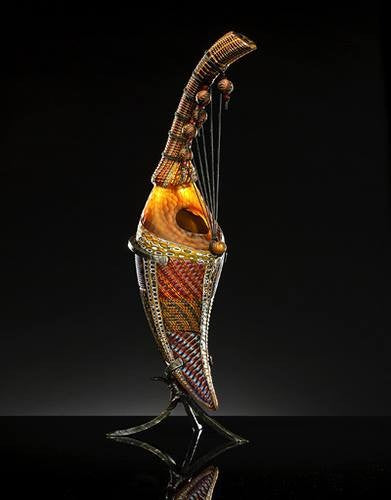Epiphany Eve is an important day for kids and adults in Italy. In the Venetian folklore we have some special ways to celebrate it.
It’s an important day for Venetians: it’s Epiphany day and it marks the end of the Holiday Season. In fact there’s a saying: “Epiphany Day brings the Holidays away”.
In case you’re wondering: yes. In Italy the Holiday Season lasts for about two weeks!
Anyway, kids - and adults as well – await the Epiphany Eve with excitement since on that night something magic happens. And old woman delivers gifts to children throughout the country. In Italian folklore that woman, a female version of Santa Claus, is called “Befana”. Befana visits all the children of Italy on the eve of the Feast of the Epiphany to fill their stockings with candies and small presents, but mainly candies, if they are good. Or a lump of candy coal if they are bad. She is usually portrayed as an old hag riding a broomstick through the air wearing a black shawl and is covered in shoot because she enters the children's houses through the chimney. Although she is ugly, with an awful nose and a prominent chin, she is good and wise. She is often smiling and carries a bag on her back filled with candy, gifts, or both.
There are typical Venetian celebrations on this particular day.
These include the “Panevin” (literally bread and wine) bonfire and the “Regata de le maranteghe” (Befanas Regatta. In Venetian, a “marantega” is and old gossiper lady).
Panevin bonfires of the beginning of the year are a popular tradition of North-Eastern Italy consisting in burning of large piles of wood and branches on the night of Epiphany Eve. Whilst the fire is burning, people gather in a circle singing greeting formulas for a prosperous new year, drinking mulled wine and eating “Pinsa” a typical cake of Veneto region. Wheat flour, corn flour, yeast, sugar, eggs, dried figs, raisins and fennel seeds are mixed together. The cake is eaten during the festive season, especially on the occasion of Panevin.
On top of the bonfire stays a puppet representing an old witch, image of the old year, called “vecia” (old lady) in Venetian. The flame symbolizes the hope and strength to burn problems and misfortunes of the past year. The direction of sparks generated by the fire is read as foreshadowing for the future.
It seems that this custom derives from Celt purificator and propitiatory rites, widespread in the area in the pre-Christian era.
In Venice a bonfire is impossibile. So it has been replaced with the Befanas Regatta.
Five men dressed as Befanas, engage in a gondola race through the Canal Grande.
Venezia, 06/01/16 - Regata delle befane a rialto
©Marco Sabadin/Vision - regata delle befane - fotografo: Marco Sabadin/Vision






Dejar un comentario
Todos los comentarios se revisan antes de su publicación.
Este sitio está protegido por hCaptcha y se aplican la Política de privacidad de hCaptcha y los Términos del servicio.